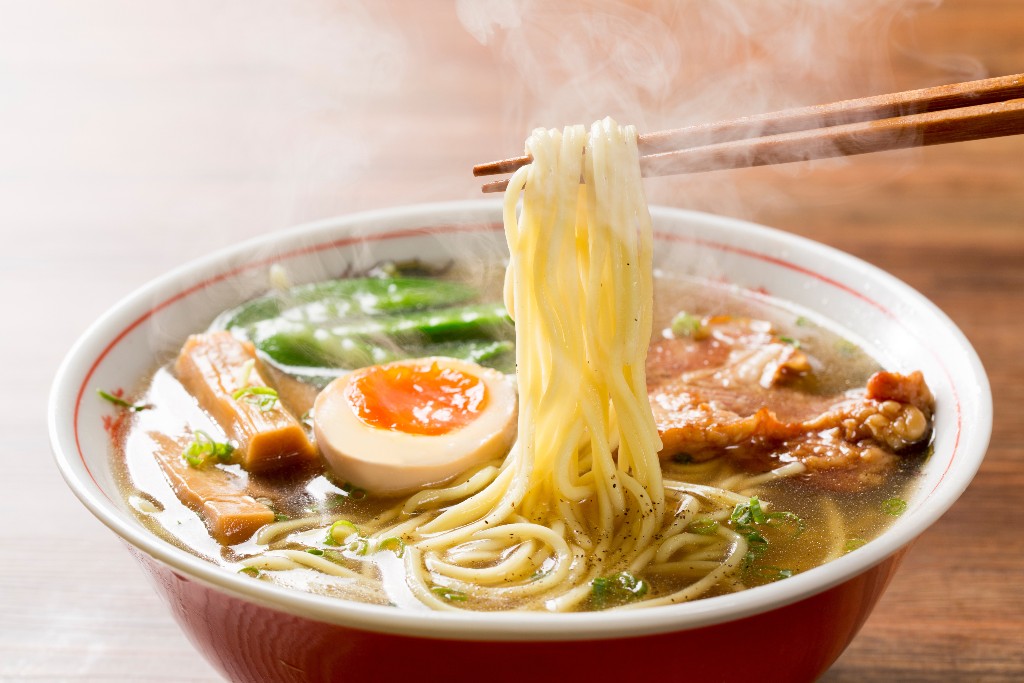
Ramen is more than just instant food that’ll save you on your lazy days. Though its origin is quite unclear, people have been enjoying this dish since as early as the 19th century. Essentially, its main components are wheat noodles, broth, and toppings. The earliest versions were akin to the Chinese soba, but different types of ramen have emerged all over Japan since then. This boom in popularity is often credited to the cheaper wheat importation during World War II.
So in this article, we’ll be guiding you through Ramen 101. Continue reading below to learn all about the most popular ramen types, as well as regional and international varieties of this dish. Here, we’ll be breaking down the characteristics of each one — from the differences in ramen toppings, broth, noodles, origin, and more!
2 Main Types of Ramen Broth: Paitan vs Chintan
Before diving straight into learning about the different types of ramen, it’s best if you know the basics. Generally, this Japanese staple can be classified according to its type of broth. For instance, ramen dishes can either fall under two categories in terms of appearance: paitan (white) or chintan (clear). Heaviness is also another commonly considered factor, as the base of the soup can either fall into the kotteri (heavy) or assari (light) category. Learn more about these classifications in this section.
Paitan

The term paitan ramen is Japanese for “white soup.” Essentially, this pertains to different styles of ramen dishes that have a cloudy broth base. The base of tonkotsu ramen is a popular example, along with other ramen soup stocks that involve boiling bones and spices together in high heat. Through this process, fats and collagens are effectively emulsified into the broth, creating an unmistakable milky color and a unique mouthfeel. In terms of heaviness, you can expect that paitan ramen broths to be quite thick and creamy. For this reason, most (if not all) broth types under this category also classify as kotteri ramen, which means heavy or rich.
Chintan
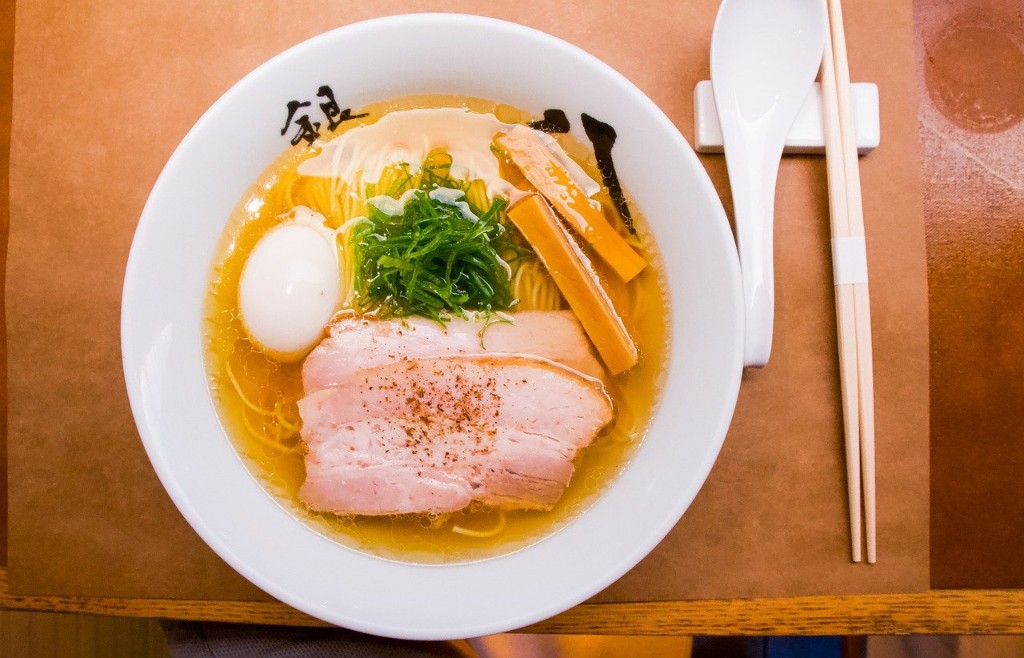
The literal translation of chintan ramen is “clear soup,” and that’s exactly what it is: a subgroup for types of ramen that have transparent broth bases. Most kinds under this classification consist of ingredients simmered at relatively low temperatures, effectively separating the fats from the stock. Moreover, they can either be made from chicken, vegetable, or seafood — flavored with a hint of dashi or bonito flake broth. In terms of heaviness, most soup dishes with this base can be classified as assari (light) as opposed to kotteri. That’s because unlike paitan ramen broths, these are a lot less heavy.
Popular Types of Ramen
In this section, you’ll find the top ramen flavors that are often available in restaurants around the world. Learn about their basic characteristics below.
Miso
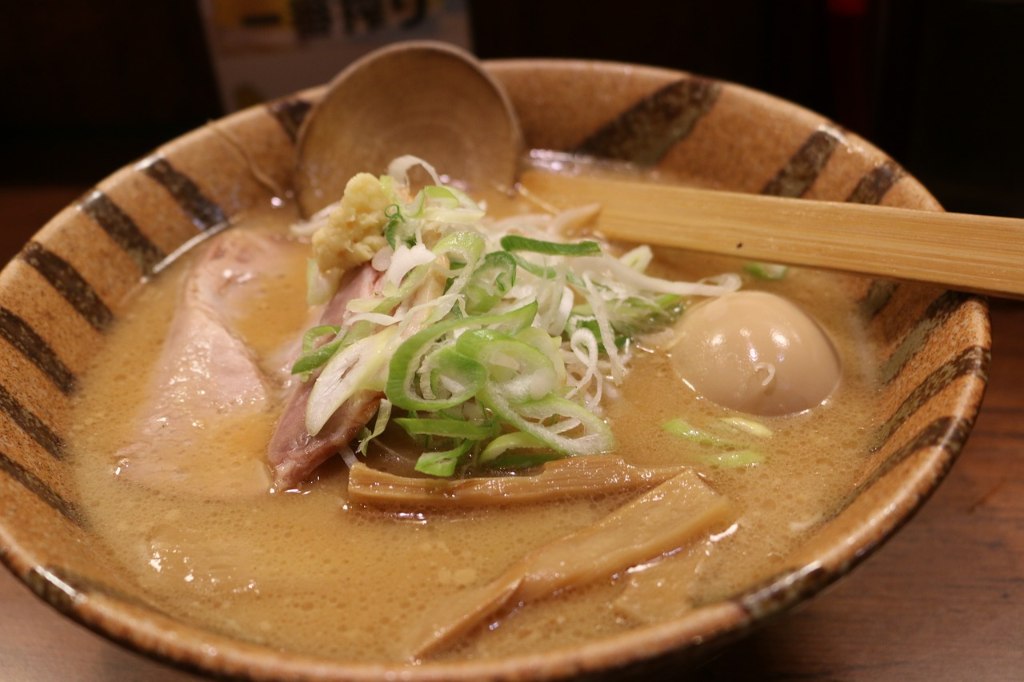
Origin: Hokkaido Prefecture
Components: Soybean paste-flavored broth, noodles, toppings
Miso ramen is a variation that hails from Japan’s Hokkaido Prefecture. The base of this soup can either be made of chicken or pork broth, and a special ingredient called “miso tare” which is a kind of soft fermented soybean paste that’s also stirred into the mix. Thanks to this special addition, this variation is known as one of the three popular tare (sauce) ramen bases — along with shio (salt) and shoyu (Japanese soy sauce).
All in all, the funky flavor of the miso paste melds well with the hearty broth, giving the ramen a deliciously rich umami quality. Chashu, soft-boiled egg, corn, and julienned green onions are some of the most common toppings for this ramen variety. Spicy miso ramen renditions are also popular.
Shoyu
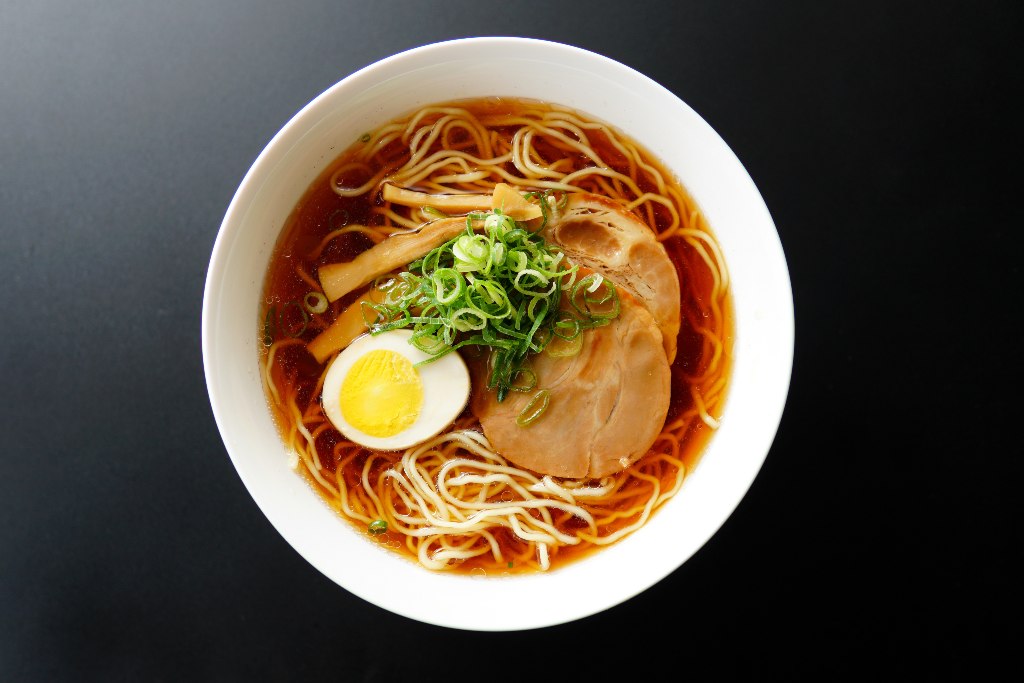
Origin: Asakusa District, Tokyo
Components: Soy sauce-flavored broth, noodles, toppings
Like miso, Tokyo’s famous shoyu ramen is also distinguished by its tare base. For this ramen noodle soup variety, the star of the dish is shoyu tare (Japanese soy sauce). The standard shoyu broth consists of chicken or pork bones that have been simmered in the condiment, along with water and vegetables. So apart from the umami flavor that you’d expect from regular stock, this soy sauce ramen also has a good balance of saltiness and tanginess to it.
READ ALSO: 15 Best Soy Sauce Options for Your Pantry
Besides the shoyu soy sauce broth, a serving of this dish also comes with either straight or curly ramen noodles. As for the toppings, chashu, soft-boiled eggs, chopped green onions, and dried seaweed sheets are among the most common.
Shio
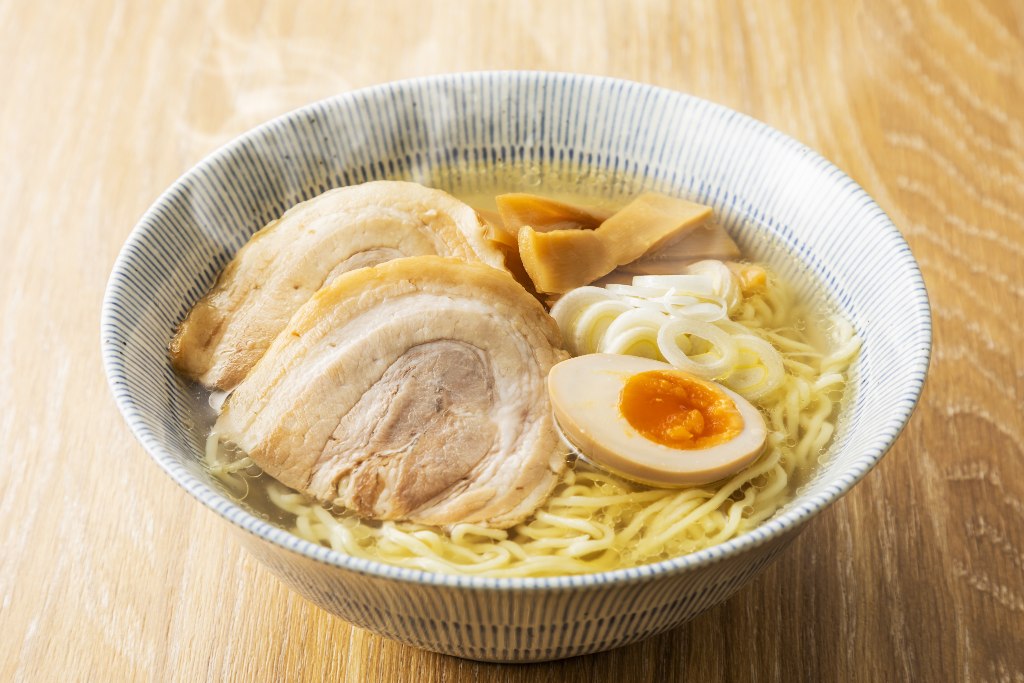
Origin: Hakodate City, Hokkaido Prefecture
Components: Salt-flavored broth, noodles, toppings
Shio ramen is another variety that traces its roots back to Hokkaido Prefecture, in the city of Hakodate to be specific. This ramen type stands out from the rest of the ramen noodle flavors with its salt-seasoned broth that is clear yellow in appearance. The foundation of this clear noodle soup is bone and seafood stock with a generous shio tare (salt seasoning). On the whole, shio soup has a light and delicately salty broth that is often enjoyed with straight noodles, and toppings like chashu, and kamaboko (fish cake).
Tonkotsu
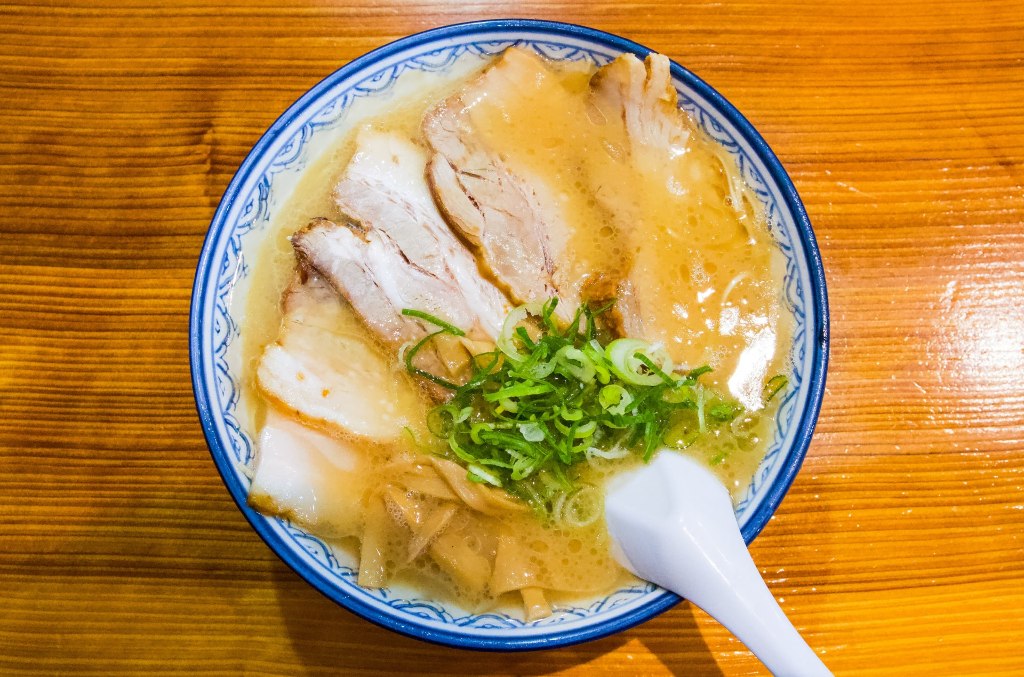
Origin: Kurume City, Fukuoka Prefecture
Components: Pork bone broth, noodles, toppings
First invented in Kurume City of the Fukuoka Prefecture, the tonkotsu variety emerged as one of the most well-known types of ramen globally. The name of this variety is a Japanese word that translates to “pork bones”, which is the main ingredient of every tonkotsu ramen broth base. The soup achieves a milky consistency because the bones undergo a long simmering period under high heat.
This hearty stock is usually served over straight ramen noodles and a handful of toppings like chashu or braised pork, soft-boiled eggs, and green onions. And for a dish with a stronger kick, spicy tonkotsu ramen is also a popular choice.
Tsukemen
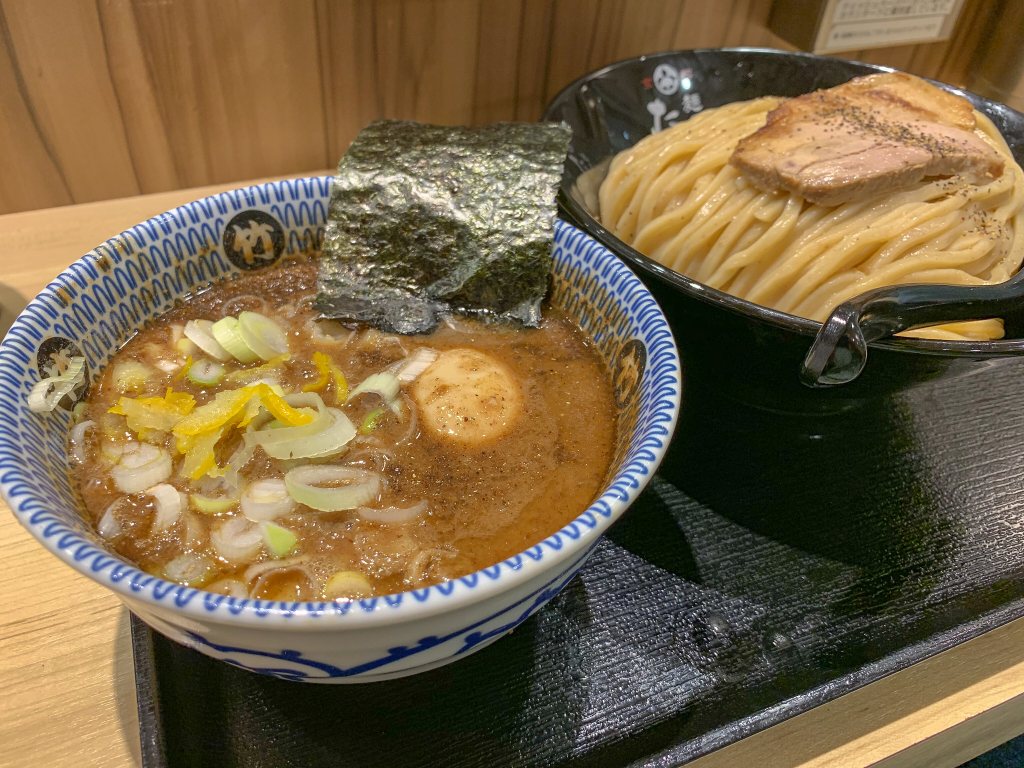
Hideki Iiiiiiiiiii | Flickr
Origin: Tokyo
Components: Thick bone broth, cold noodles, toppings
One fateful day in the 1950s, a restaurant intern named Kazuo Yamagishi would invent a food item that would eventually be popularized as the tsukemen. The name of this noodle dish literally translates to “dipping noodles”, which reflects the unique way of eating it.
Compared to other types of ramen dishes, this features a thick bone stock that’s packed with concentrated umami flavor. The cooked noodles are served cold, and in a separate Japanese ramen bowl from the broth reduction where it’s meant to be dipped.
Instant Noodles

Origin: Ikeda City, Osaka Prefecture
Components: Dehydrated noodles, powder packets
Though unconventional compared to traditional ramen, instant noodles are undeniably among the most popular. It all started in 1958 when Japanese inventor Momofuku Ando created this instant noodle dish that would take the world by storm. Probably the cheapest out of all the types of ramen noodles on this list, this food item is available in the form of packets or cup noodles. Each pack usually comes with dehydrated noodles, toppings, and a powdered flavoring ingredient.
These components have to be cooked together in hot water to achieve a thin soup. In terms of flavor, they usually don’t offer the depth of real ramen, but you could make do with its satisfying saltiness.
Regional Ramen Types
Apart from the core types of ramen mentioned in the previous section, there are also lots of regional varieties to explore in Japan. After all, factors like climate and the ingredients available in the area tend to influence each rendition. Discover the different kinds below.
Tori Paitan
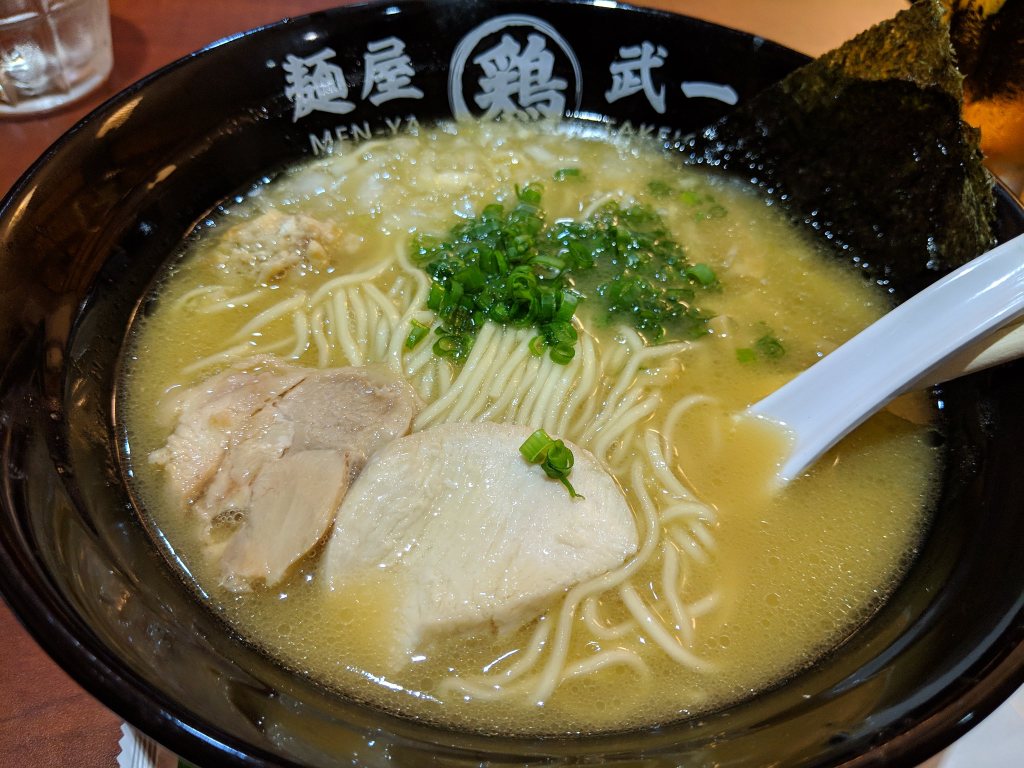
Tadamichi Takeuchi | Flickr
Origin: Osaka Prefecture
Components: Chicken bone broth, noodles, toppings
Tori paitan is often regarded as the chicken ramen version of the porky tonkotsu soup. Coming from Japan’s Osaka Prefecture, the base of this unique dish is made by slowly simmering chicken bones in water. This results in a savory chicken stock that is milky and cloudy in appearance, hence its name which literally translates to “chicken white broth.” To finish, ramen restaurants often serve this with noodles and toppings like green onions, chashu pork, and a soft-boiled egg.
Hakata
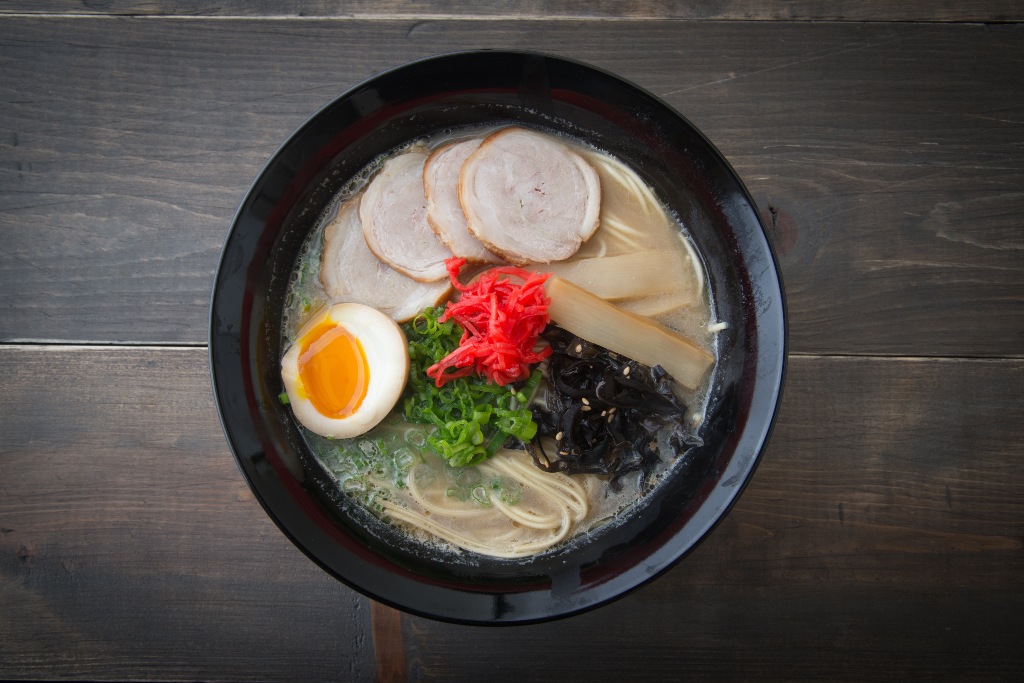
Origin: Fukuoka Prefecture
Components: Pork bone broth, extra thin noodles, toppings
Ramen Hakata is a specialty of Japan’s Fukuoka Prefecture. Though the base of this Japanese noodle soup is a standard milky tonkotsu, the combination of the other components is what truly sets it apart from other types of ramen.
For one, a traditional serving of hakata ramen usually comes with extra thin noodles. As for the toppings, soft-boiled eggs, chopped green onions, chashu, and kikurage (wood ear mushrooms) are common.
Sapporo
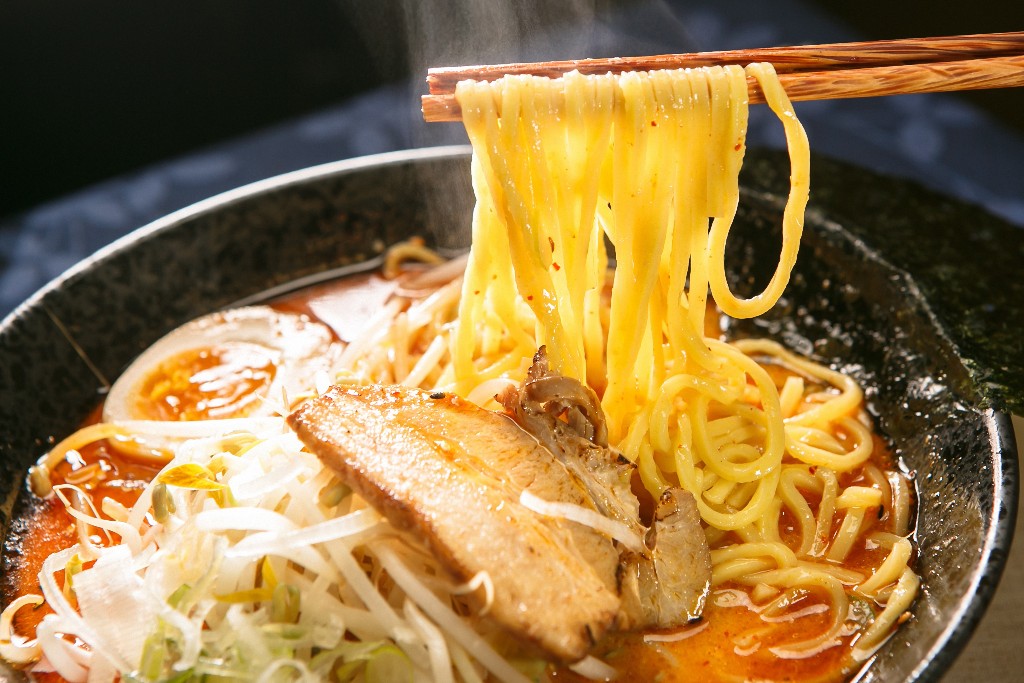
Origin: Sapporo City, Hokkaido Prefecture
Components: Bone or seafood broth, red soybean paste, wavy noodles, toppings
Sapporo ramen is definitely different from the dishes that we already covered on this list. That’s because this regional variety has a broth base that can either be chicken, pork, or fish-flavored. Apart from that, it’s also infused with aka miso (red soybean paste) — imparting a delicious savory tanginess and an unmistakable reddish tint to the broth. Furthermore, this particular Hokkaido ramen style is served with wavy noodles of medium thickness, and toppings like chashu, green onions, bean sprouts, cabbage leaves, and corn.
Asahikawa
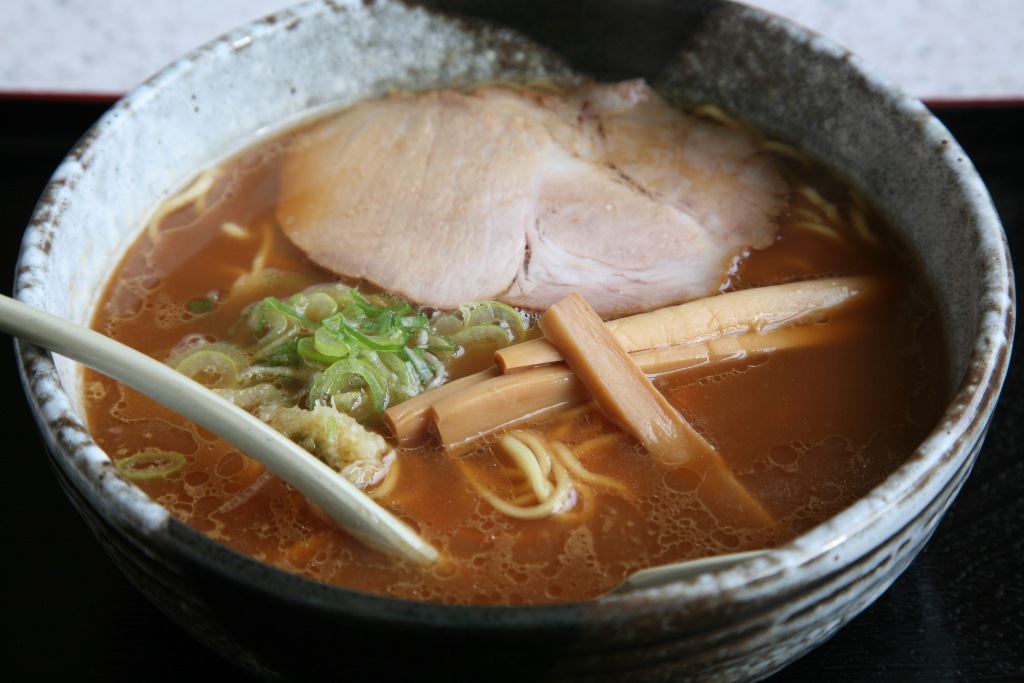
Origin: Asahikawa City, Hokkaido Prefecture
Components: Bone and fish broth, soy sauce, wavy noodles, toppings
The base of Asahikawa ramen is made with a mixture of fish and bone broth, as well as soy sauce. And although the flavor profile of this broth can range from mellow to strong depending on the restaurant, this dish usually has an umami taste with hints of seafood. Its color is often clear brown, with a noticeable layer of grease on top. Ultimately, this base is served in a bowl with thick Japanese noodles, chashu, chopped green onions, and bamboo shoots.
Hakodate
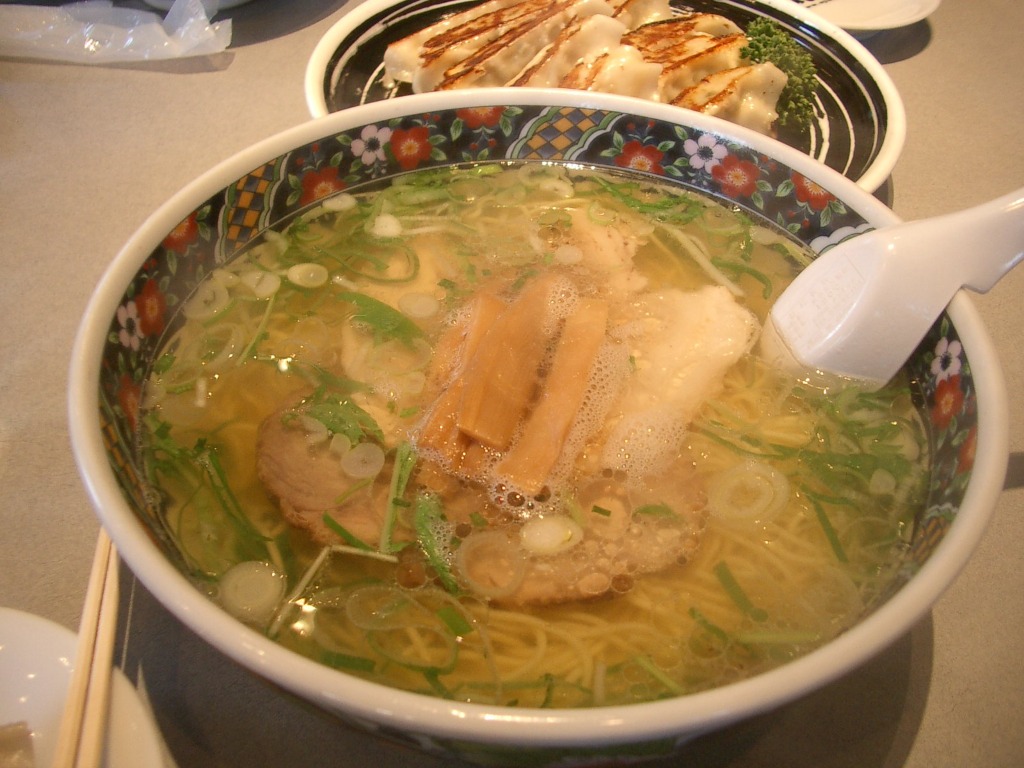
Kubyaddi | Flickr
Origin: Hakodate City, Hokkaido Prefecture
Components: Chicken broth, kelp, straight noodles, toppings
The city of Hakodate is home to another popular style of Hokkaido ramen. Their specialty is clear shio, in which homemade chicken broth is the main ingredient of the base. Kelp and/or bonito flakes are also often added to the salty broth, offering a completely unique experience from other types of ramen. Overall, Hakodate ramen is less fatty compared to other noodle dishes in this region. The other components of this dish include straight noodles, and the usual toppings are chashu, chopped green onions, and bamboo shoots.
Tokyo-Style
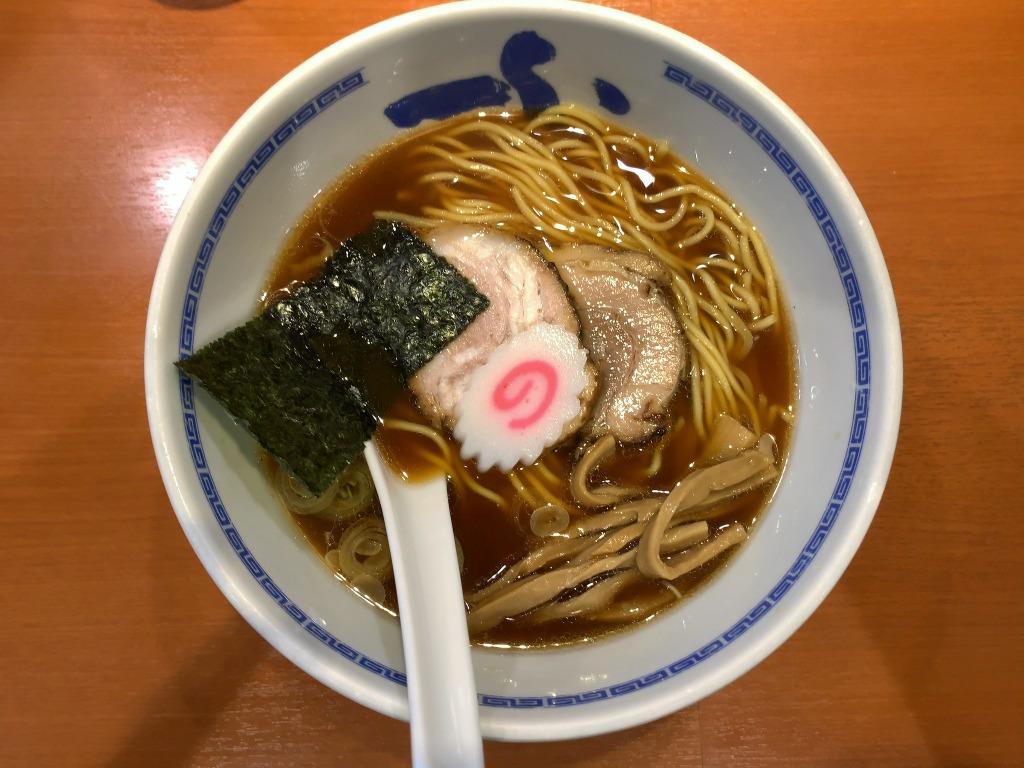
Nakashi | Flickr
Origin: Asakusa District, Tokyo
Components: Soy-flavored chicken broth, curly noodles, toppings
The first Tokyo ramen originated from the Asakusa District of Japan’s capital. Chicken-flavored shoyu ramen is the specialty of this area, with a heightened umami quality thanks to the special addition of dashi (seafood stock). The broth of Tokyo-style ramen is clear brown in appearance, and its noodles are wavy or curly and can vary in thickness. Chashu, chopped green onions, soft-boiled eggs, and dried seaweed sheets are common toppings.
Kitakata
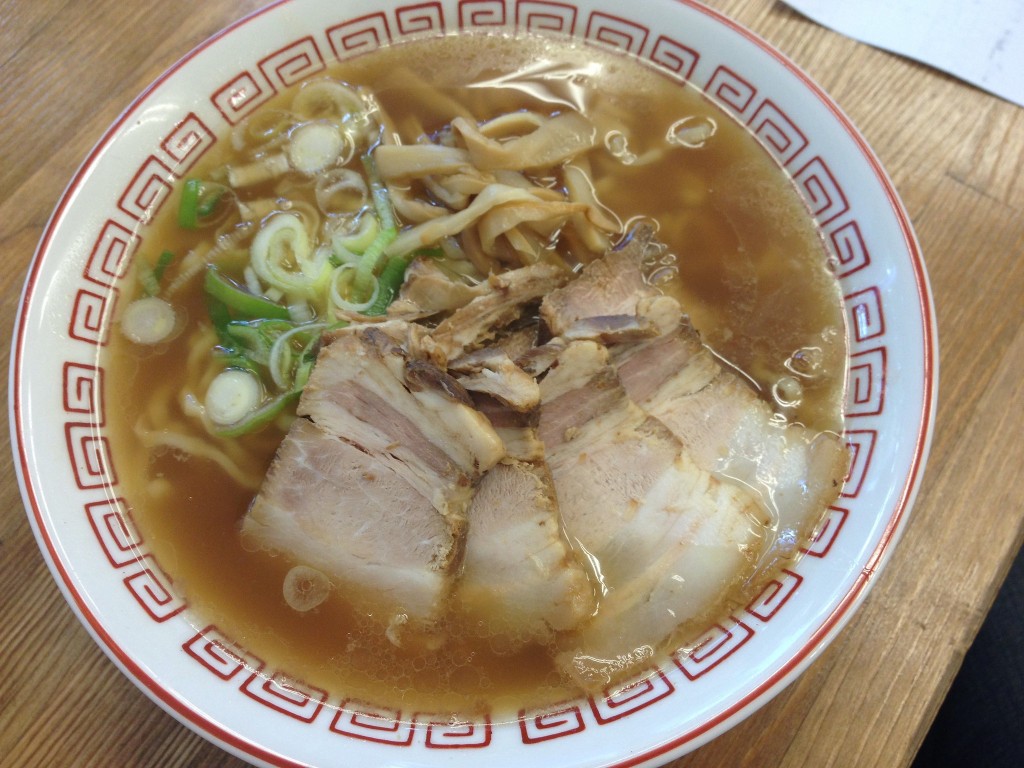
Lazy Fri13th | Flickr
Origin: Kitakata City, Fukushima Prefecture
Components: Fish or pork broth, soy sauce or miso tare, flat curly noodles, toppings
Kitakata ramen is a specialty of the city that it’s named after, located in the Fukushima Prefecture. This traditional ramen style is well-known for having thick, flat, and curly noodles called Hirauchi Jukusei Takasuimen. Aside from having a special niboshi (sardines) or tonkotsu broth, this dish can also have two kinds of tare: miso or soy sauce. To finish off, this noodle soup is best enjoyed with chashu pork, chopped scallions, and bamboo shoots.
Yokohama
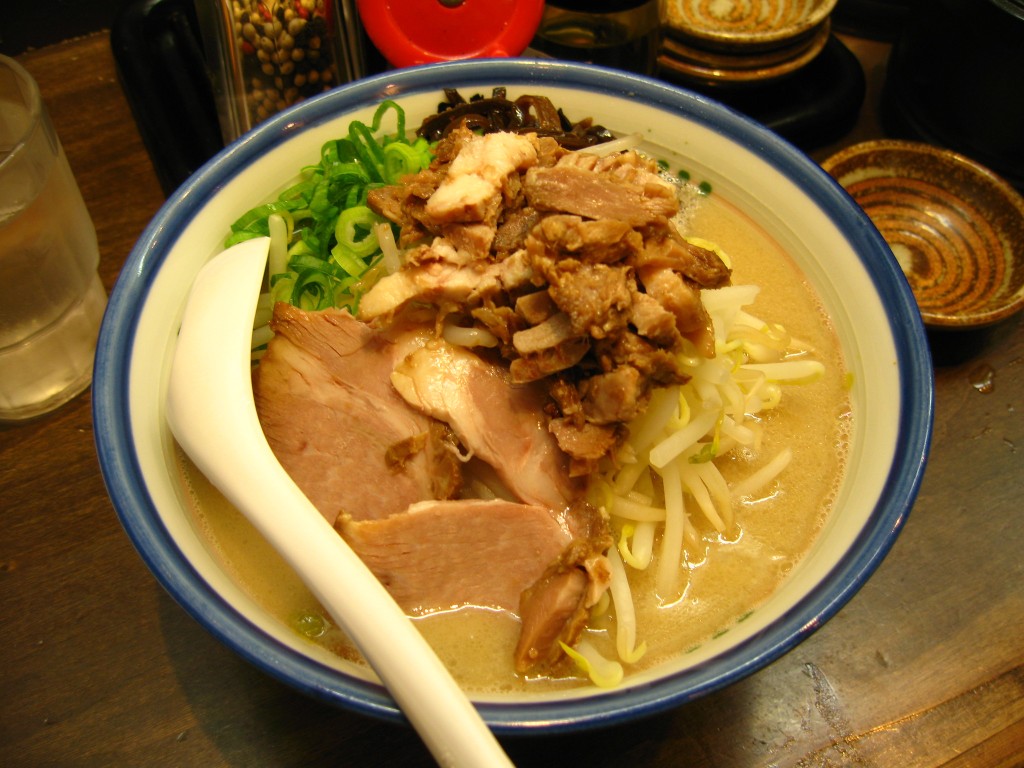
Anna | Flickr
Origin: Yokohama City, Kanagawa Prefecture
Components: Bone and soy sauce broth, thick noodles, toppings
Also known as iekei, this dish is a homegrown ramen variety of Yokohama City in the Kanagawa Prefecture. It was first introduced to the public in the 1970s by a truck driver named Mr. Yoshimura, and it has grown to be a specialty of the region ever since. The broth base of this dish is tonkotsu-shoyu, bringing together the flavors of two popular types of ramen in Japan. This milky, umami broth is best with thick noodles, chashu, green onions, and dried seaweed.
Okinawa Soba

Jun Uwaizumi | Flickr
Origin: Okinawa Prefecture.
Components: Pork and seafood broth, buckwheat noodles, toppings.
The star of this regional dish is Okinawa soba, which is a kind of thick and chewy noodle that is made of buckwheat flour. This is often compared to another Japanese food item called udon. Pork, dried kelp, and bonito flakes are the usual flavoring ingredients of its broth. This results in another ramen type that’s packed with umami and seafood flavor. For the full experience, this dish is often topped with pork belly, green onions, beni shoga (red pickled ginger), and a pink-white colored naruto fish cake.
READ ALSO: Narutomaki: What Is It, How To Make It, and Recipes To Try
Abura Soba (Mazesoba)
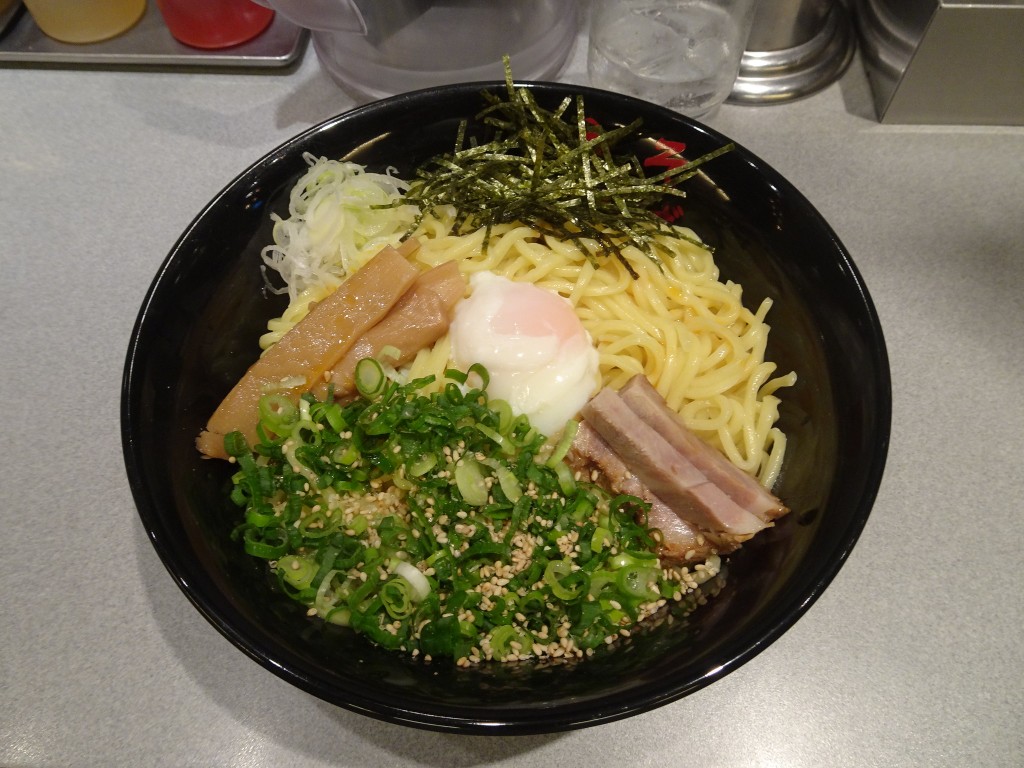
John S Y Lee | Flickr
Origin: Tokyo.
Components: Oil, sauce, buckwheat noodles, toppings.
Tokyo’s abura soba is somewhat similar to the Okinawa variety, because they both call for buckwheat noodles. The name of this dish literally translates to “oil noodles,” and it’s also called mazesoba which is Japanese for “mixed noodles.” This makes sense since unlike other types of ramen, this dish doesn’t have a ramen soup base. Instead, each serving consists of noodles, oil, and soy sauce only. This is usually eaten with different toppings, but soft-boiled egg, dried seaweed strips, scallions, and bamboo shoots are the most popular.
Black Ramen
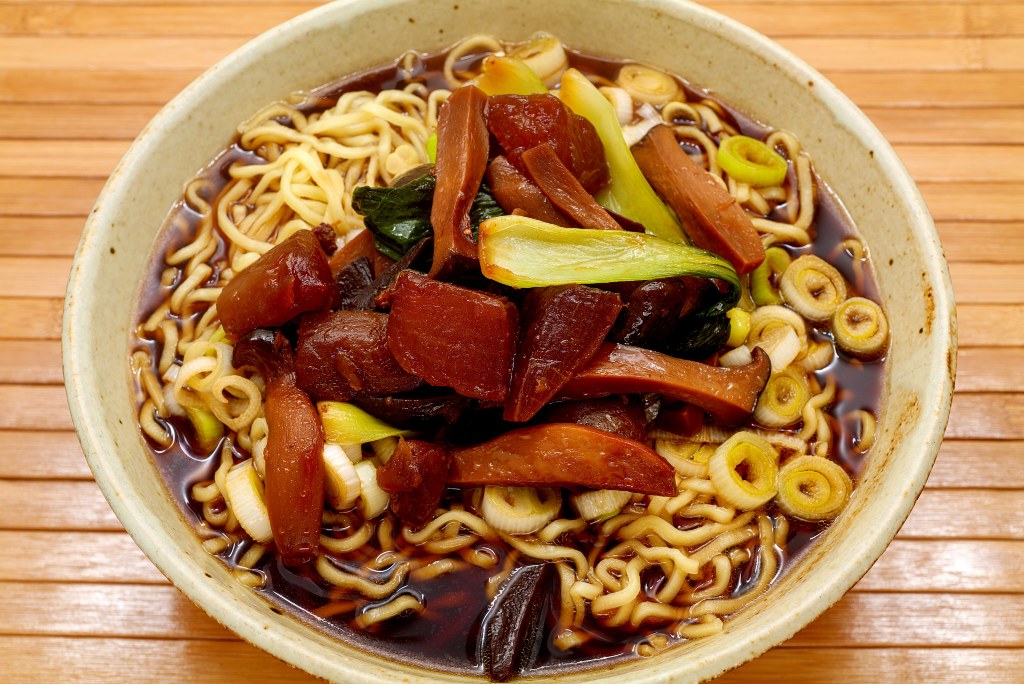
Kazua | Flickr
Origin: Toyama Prefecture
Components: Chicken and fish broth, black soy sauce, noodles, toppings
Black ramen is a specialty dish of Japan’s Toyama Prefecture. The broth base of this dish traditionally consists of chicken and fish stock, along with a hefty amount of black soy sauce. This tare is responsible for the unmistakable appearance of the dish.
Apart from ramen noodles, toppings like green onions and ground black pepper are a staple component of Toyama’s black ramen. While the darkness of the soup may be quite intimidating for some, don’t worry because it’s not as salty as one would think. In fact, most renditions of this dish are quite light. Roasted pork and raw egg are more optional toppings for this dish, and it’s also common to have this with rice on the side.
Kurume
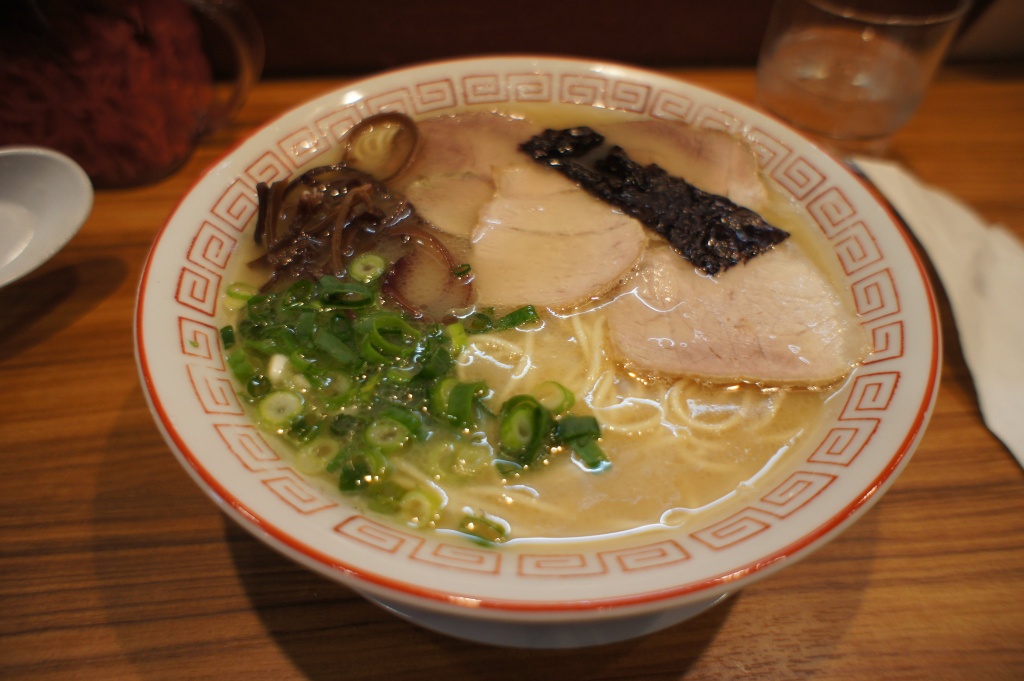
D_saigou | Flickr
Origin: Kurume City, Fukuoka Prefecture
Components: Pork bone broth, noodles, toppings
Kurume ramen is a traditional tonkotsu noodle dish that is made using old Japanese cooking methods and equipment. The broth itself is made by employing the yobidashi method, where the pork bones are slowly boiled in a hagama or traditional cooking pot. This results in a white, rich-tasting stock for serving with noodles and authentic ramen toppings like soft-boiled egg, green onions, chashu, and dried seaweed.
Nagasaki Champon

Jocelyn & Cathy | Flickr
Origin: Nagasaki Prefecture
Components: Bone broth, pork, seafood, vegetables, noodles
Nagasaki Prefecture is the birthplace of the Chinese-inspired champon noodle dish. While other types of ramen are usually assembled after each component is prepared, the Nagasaki champon involves cooking all the ingredients together before serving. In particular, the cooking process of this dish involves cooking pork, seafood, vegetables, noodles, and the milky pork or chicken stock together. This is a good soup to try if you prefer a more mellow-tasting dish.
Wakayama
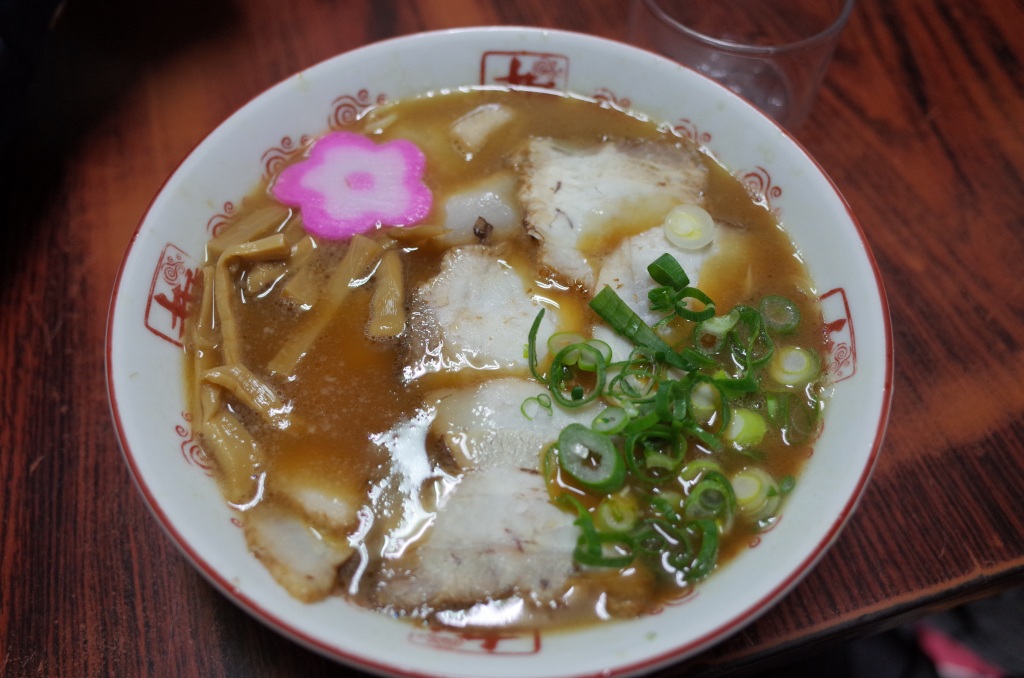
Adai Chang | Flickr
Origin: Wakayama Prefecture
Components: Soy sauce or bone broth, thin straight noodles, toppings
Wakayama ramen is also known as a type of chuka-soba, which means “Chinese noodles.” The base of this regional dish can either be clear shoyu (shako-mae style) or cloudy tonkotsu-shoyu (ide style). Plus, the common noodles for this dish are thin and straight. Furthermore, each bowl also includes toppings like pork ribs, chashu, scallions, fish cakes, and soft-boiled eggs. Oftentimes, this soup also comes with fresh salmon sushi on the side — making it one of the best ramen noodles to try for something filling.
Curry Ramen
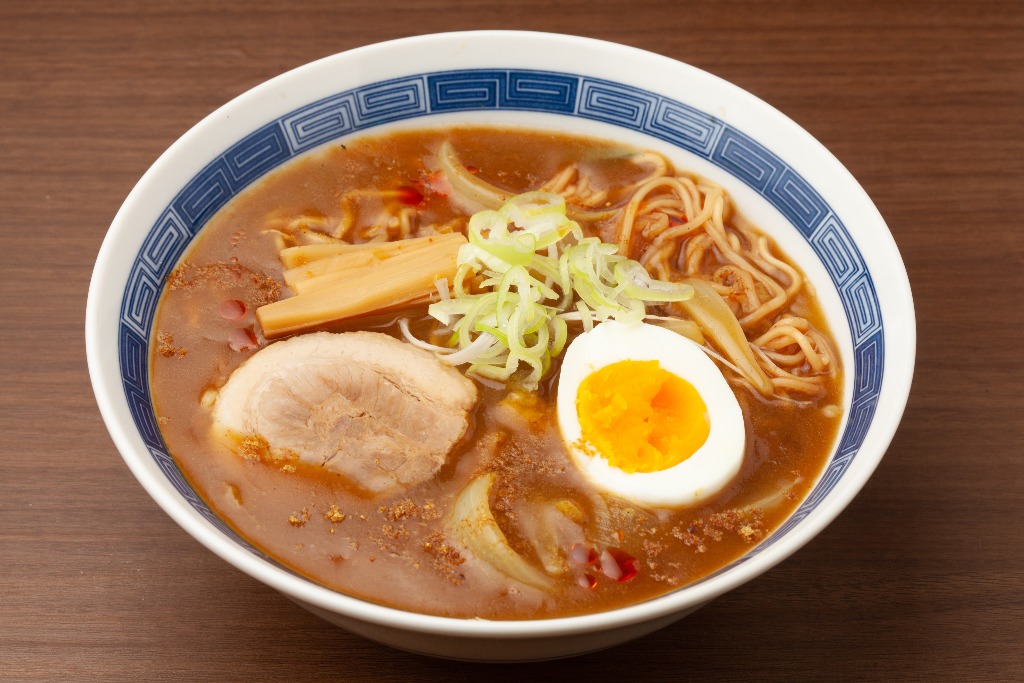
Origin: Yokohama Chinatown, Yokohama Prefecture.
Components: Curry soup, noodles, toppings.
Curry ramen’s origin is a topic of debate. But unlike the more traditional types of Japanese ramen recipes on this list, this dish skyrocketed in popularity fairly recently. You can now buy this hearty dish in many ramen shops in Tokyo.
Its broth is bright yellow in appearance, with a distinctly sweet, savory, and nutty taste. This is thanks to the mixture of pork bone broth, coconut milk, and spices. You’d often find this soup served over curly noodles and topped with chashu, kelp, bean sprouts, and other vegetables.
International Ramen Styles
For this section, we gathered the different types of ramen in Japan that are influenced by other national cuisines. And since ramen gained global popularity, there have also been offshoots of the dish that branched out to different countries. Find out everything about them here.
Tantanmen
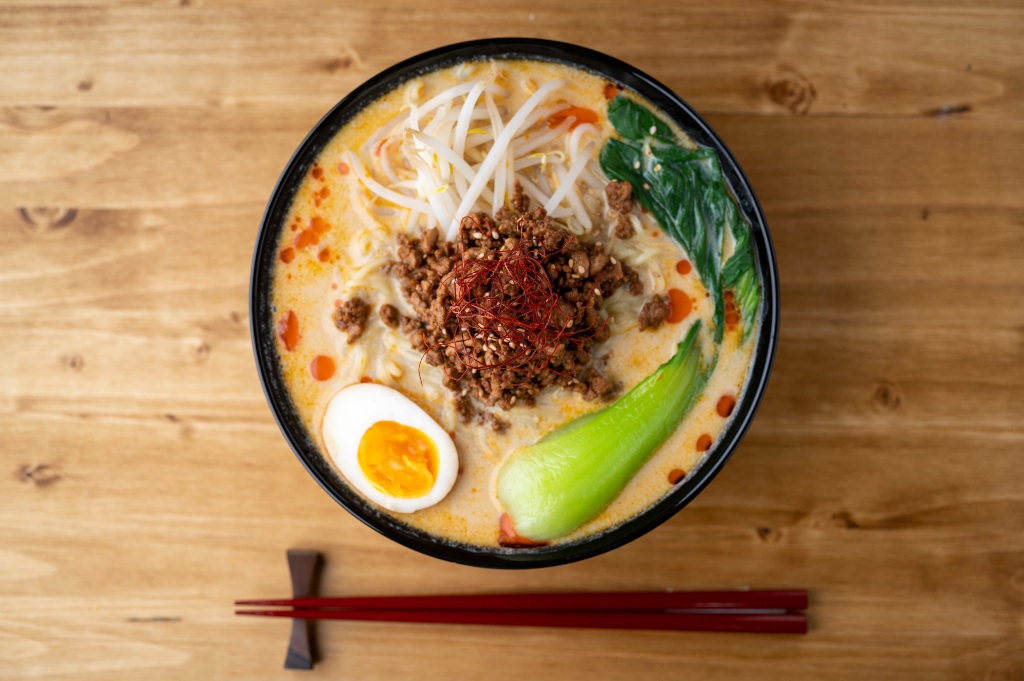
Origin: Sichuan Province, China
Components: Peanut and sesame paste-flavored broth, noodles, toppings
China’s Sichuan Province is the hometown of the tantanmen noodle dish that’s popular in Japan. Its broth is creamy with hints of nuttiness from the peanut powder and sesame paste. This Chinese ramen is also spicy thanks to the chili oil. Of course, you can’t forget the noodles and standard tantanmen toppings. For toppings, ground meat, soft-boiled egg, and vegetables are a must for this soup dish.
Nagoya “Taiwan” Ramen
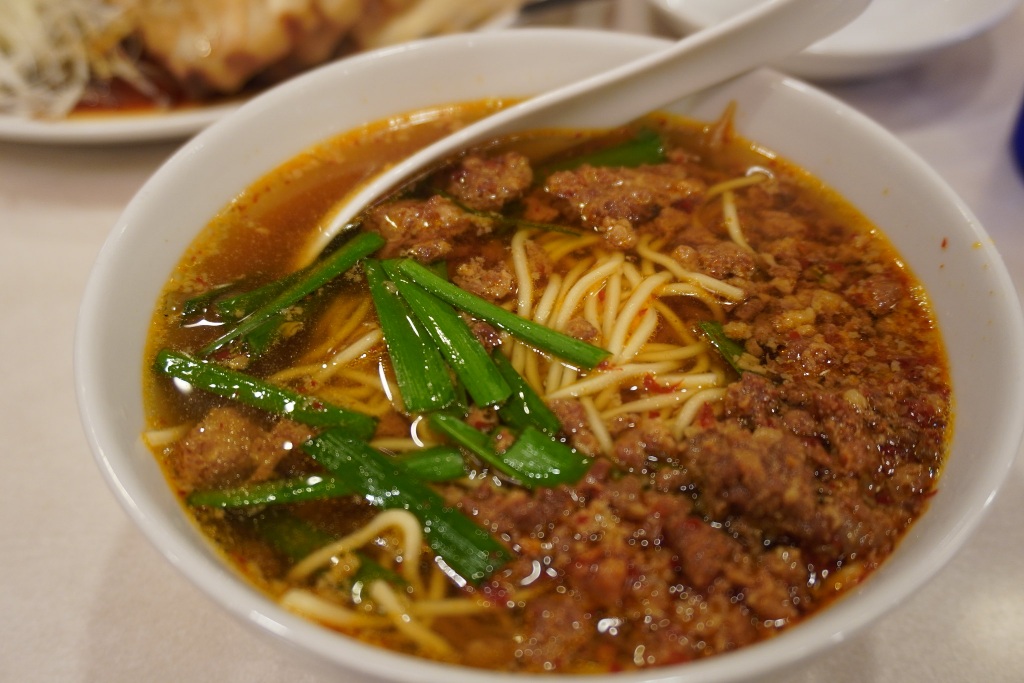
Clvs7 | Flickr
Origin: Nagoya City, Aichi Prefecture
Components: Stir-fried pork broth, noodles, toppings
The other name of this dish is “Taiwan ramen,” even if it’s actually a homegrown specialty of Nagoya City. A Taiwanese chef invented the first Nagoya ramen in the 1970s, taking inspiration from the country’s Ta-a mi or danzai noodle dish. Its base consists of stir-fried ground pork, chives, and chili oil in a savory chicken shoyu broth. Green onions, bean sprouts, and garlic may also be added for more flavor. Like most types of ramen, it’s best to serve this spicy broth while it’s still fresh and piping hot. And finally, sprinkle some chopped Chinese chives to finish.
Ramyeon
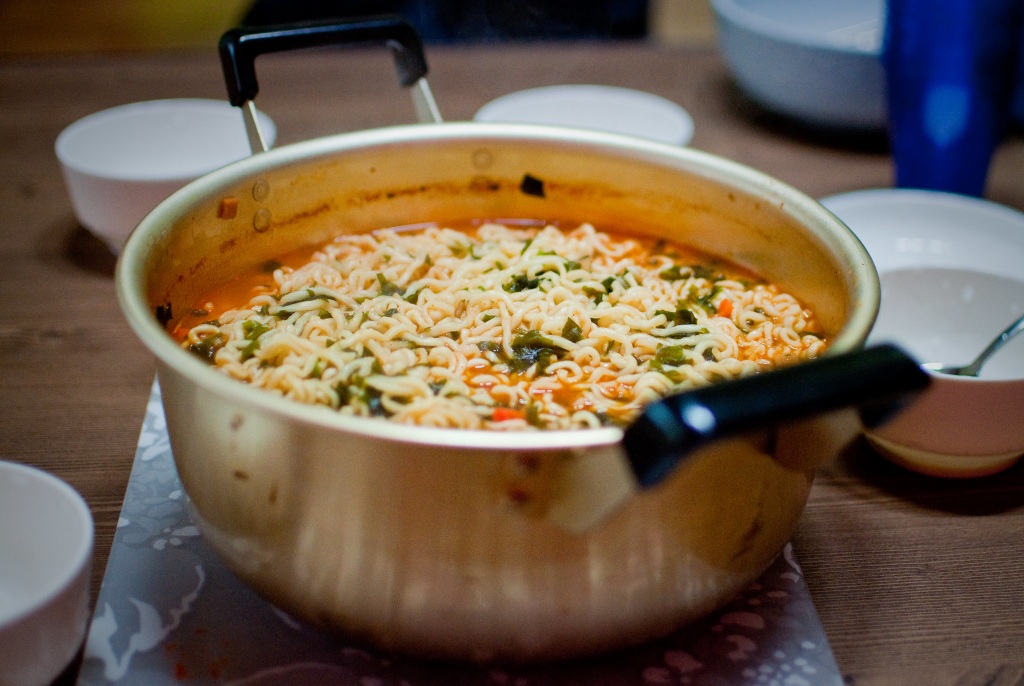
Jordi Sanchez | Flickr
Origin: Korea
Components: Dehydrated noodles, powder packets
Last but not the least, we have Korean ramyeon or ramyun. It’s very similar to instant ramen types from Japan, since this noodle soup comes with powdered flavoring packets and dehydrated noodles. In addition, you can easily get your hands on this instant meal, as it’s often widely available in convenience stores around the world. Like the Japanese version, all you have to do is steep the ingredients in hot water until thoroughly cooked. It’s also important to note that ramyeon often has a spicy kick.











